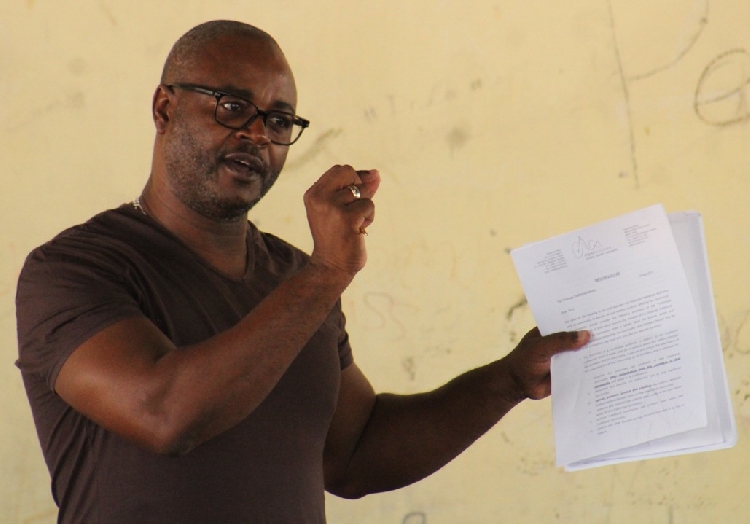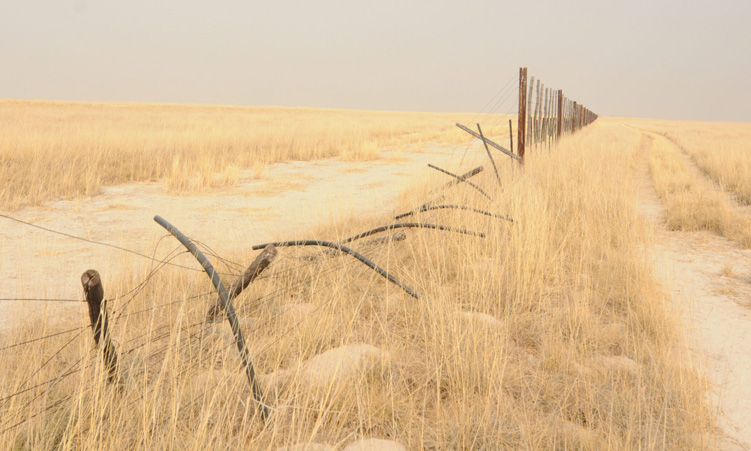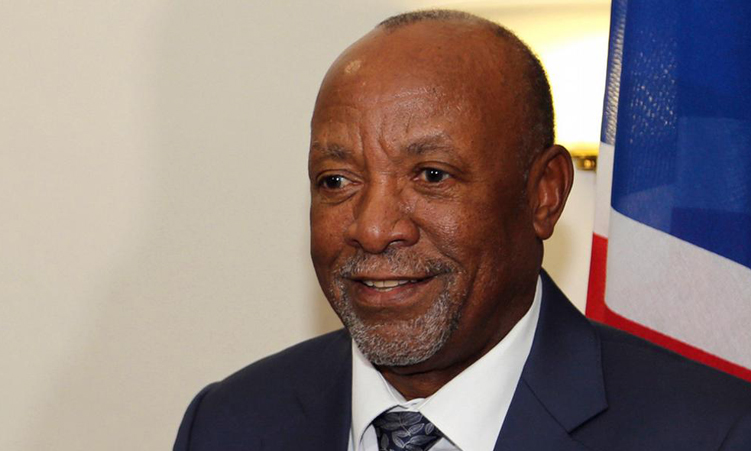Ondonga Traditional Authority chairperson John Walenga says individuals who fenced off land near Etosha National Park were allocated the space by Ondonga chief Fillemon Nangolo for crop production.
Walenga was speaking at a press conference at Ondangwa yesterday.
Last month, some livestock herders destroyed fences they claimed were erected illegally on land allegedly allocated to lawyers, business people and politicians.
Walenga said the entire area, commonly known as Okashana kuukongo wa Nehale, has always fallen under the jurisdiction of the reigning Ondonga chief, and not under district or village jurisdiction, like any other place in Ondonga.
This is the first instance of an Ondonga chief allocating land rights in this area, he said.
Walenga, however, asserted that an Ondonga chief has the authority to settle his subjects on available land, and those settled at Okashana are there for the purpose of producing food.
“This means the allocation and determination of the use of such land is done by the chief, through his designated senior councillors, and is, therefore, not done by the village headmen or district councillor, as is the case with other areas within the Ondonga community,” Walenga said.
Walenga revealed that the area had been surveyed and divided into 54 farming units, which were subsequently allocated to individuals willing to use the land for crop production. The plots, measuring between 20 and 50 hectares, are leased for N$20 600 each for a five-year period.

To date, 2 700 hectares of land in the area has been demarcated for farming units, he said.
Walenga warned that those who fail to use the land for the intended purpose of food production would face repossession.
He alleged that the leasehold certificates issued to the allocated individuals explicitly outlined the intended use of the land.
When questioned by journalists about the list of beneficiaries, Walenga initially indicated that it would be provided. However, the chief administrator in the Ondonga Traditional Authority, Nicky Uugwanga, later said some names on the list needed verification.
“The list is not available. Who will beat you if you don’t have the names of the beneficiaries?” Walenga told persistent journalists demanding the list.
Livestock herders in the area informed The Namibian last month that they had lost their grazing land due to the erection of farm fences.
Three weeks ago, livestock herders cut the fences and destroyed the poles with axes, leaving them scattered on the ground. Approximately 22 people were arrested in connection with these actions.
Enos Uusiku, one of those accused of destroying the fences, told The Namibian at the time, his community had been grazing their livestock in the area since the 1950s.
He says there were around 6 000 livestock.
The livestock herders staged a demonstration about a month ago and submitted a petition outlining their grievances to Oshikoto governor Penda ya Ndakolo.
Prior to submitting the petition, Uusiku said they had written to the Oshikoto Land Board on 1 August.
“We gave them until 13 September to remove their fences. If they didn’t, we would cut them, and that’s what we did,” Uusiku said at the time.
He further noted that their traditional wells, earth dams and a soccer field were enclosed by the fencing.
Walenga yesterday said the Ondonga Traditional Authority does not condone the behaviour of individuals or groups of individuals within the Ondonga community who take the law into their own hands.
He also mentioned that livestock herders in the disputed area are relatively few and that some of them are grazing there without the permission of the traditional authority.
Stay informed with The Namibian – your source for credible journalism. Get in-depth reporting and opinions for
only N$85 a month. Invest in journalism, invest in democracy –
Subscribe Now!






